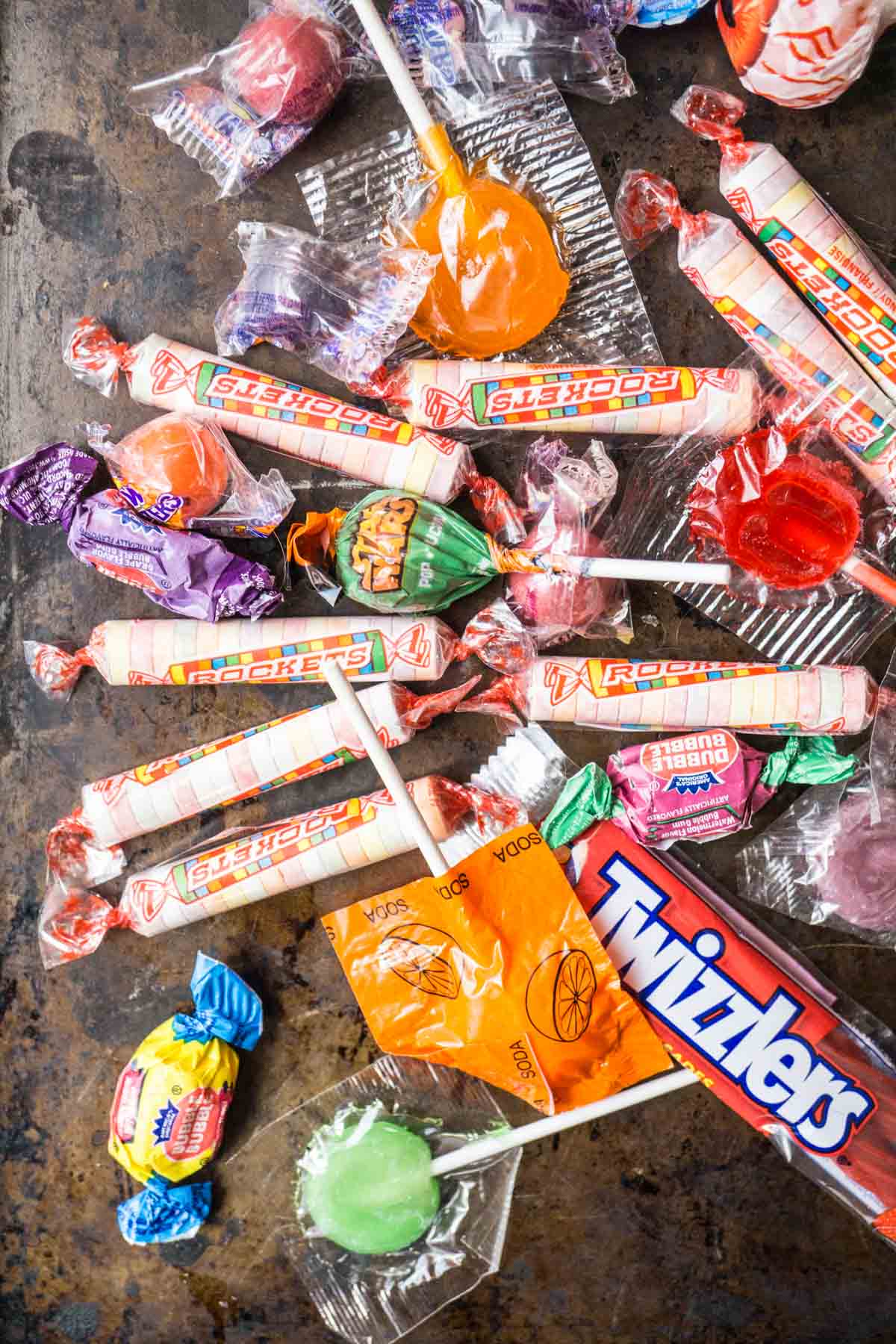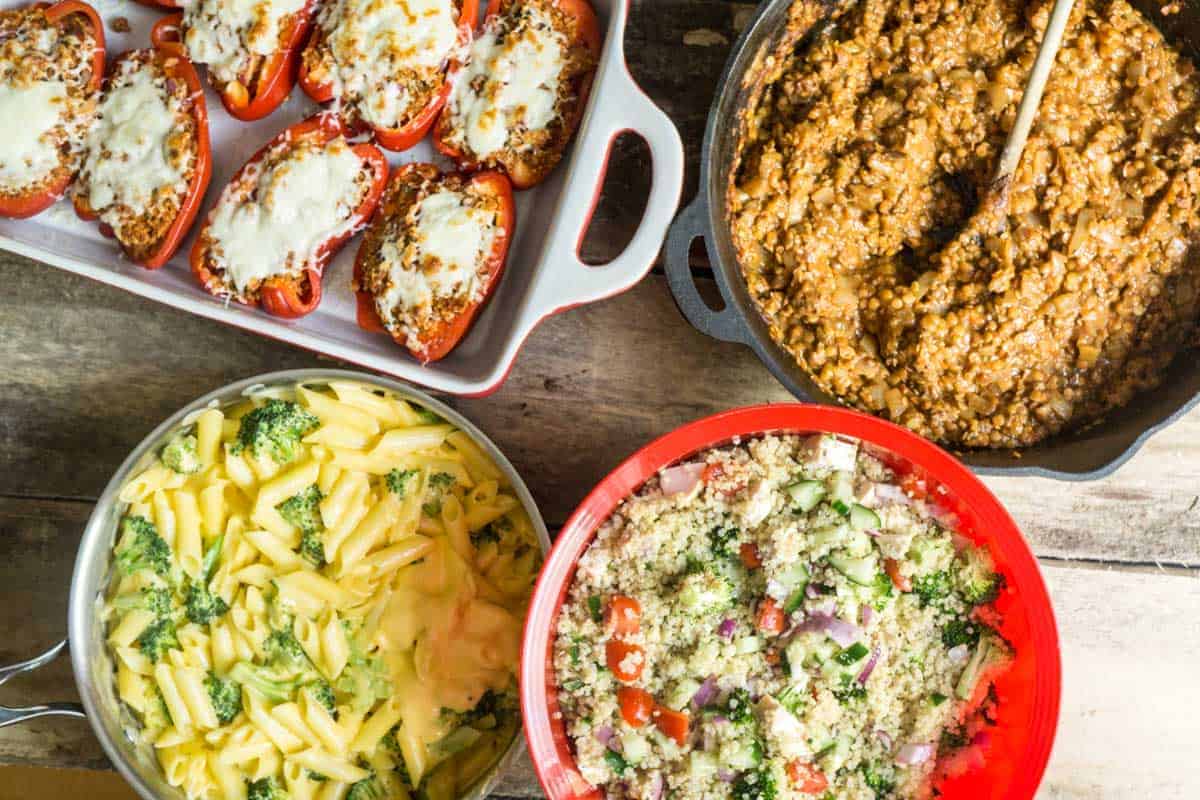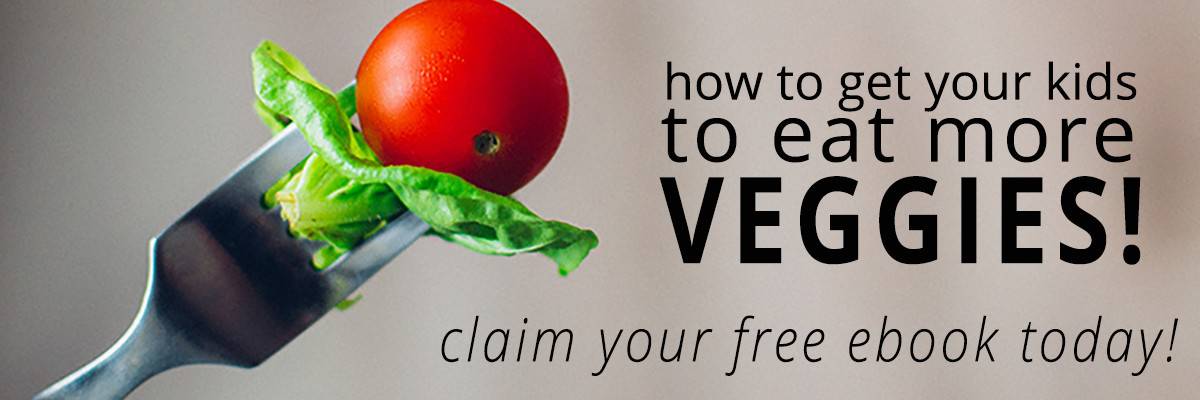
It’s Halloween, so here I am, your Registered Dietitian, to tell you not to eat any candy and not have any fun!
Naw, not really. Contrary to what my casual acquaintances seem to think, my job as a dietitian is not to make you feel guilty! Don’t you do that enough yourself?
No, I’m here to help you ENJOY your experience with food, and get rid of that guilt.
So, here are some tips for how to truly enjoy this holiday, rather than letting it become a source of conflict in the home, and a source of guilt for everyone.
tip #1: handing out less is more
Whether you have trick-or-treaters in the house or not, this tip is for you, because everyone can hand out candy!
One part of Halloween that scares parents is the sheer volume of candy that their kids haul home. I used to think the kids who brought home a huge stash must have been trick-or-treating all night long.
But when I had my own child and we started taking him out on Halloween, I was shocked at the amount of candy people give to each child!
I now know that we’re the lame house on the block who only hands out one mini chocolate bar! But I’m sticking to it.
I love preserving the thrill and joy of collecting candy on Halloween, but we can have the same amount of fun, and remove some of our guilt, just by cutting out the excess! Let’s all be lame and only hand out one piece of candy!
Having to work for their candy also reinforces the payoff of hard work to our children. Tip #6 follows up on this idea.
tip #2: be aware of allergies
There are a lot of children with allergies and dietary restrictions. Halloween isn’t so thrilling for those kids who can’t eat most of the candies they are given. It’s like giving a model car in a display case to a child for Christmas. They can look at it all they want but they can never play with it!
In response to this problem, a mom in Tennessee started a “teal pumpkin” movement. If you have allergy-friendly treats for kids, you can paint a pumpkin teal and put it outside your door. That way parents know your house will have something safe for their child with allergies.
But even if you don’t have teal paint, you can still stock allergy friendly treats! Here are some ideas:
- Stickers or temporary tattoos
- Pencils or erasers
- Glow sticks
- Play-doh (contains wheat and gluten though)
- Candy made in peanut-free factories
- Lollipops
- Applesauce
- Raisins
For the parents of children with allergies, you can pin a sign to your child’s chest that says “I have a _____ allergy!” That way the allergy-friendly houses will know what type of treat would be safe for your child!
tip#3: in with the good!
On Halloween night, plan on having a dinner that you (and especially your children) will be happy and excited to devour. With stomachs satisfied by real food, everyone’s appetites for candy will be smaller when they get back from trick-or-treating. Of course, this only works if children have been encouraged to retain their natural ability to regulate their food intake. This is an important skill that our children are born with, but we as parents can drill it out of them. You can learn more about these concepts, and how to navigate them, in my e-course, Happy Healthy Eaters.

tip #4: eat that Halloween candy!
This one deals with the ultimate question, how do we deal with the pile of candy when we get home?
Well, first do your customary safety check, and then… let them eat! How much? As much as their little hearts’ desire!
Crazy advice, hey? Surely the dietitian isn’t advising you to give your kids all the candy they want?
Yup. The thought might give you heart palpitations, but trust me. This is part of the learning experience, and the fun of Halloween!
Ellyn Satter, dietitian and renowned child nutrition specialist, recommends doing the same on day two. You might be confused about dietitians recommending a free-for-all approach to Halloween night. Yes, sugar intake should be kept to a minimum… in general.
But no, a restrictive mentality won’t accomplish this. Research shows that young girls who are restricted from treats will load up on these forbidden foods regardless of whether they are hungry or not. The restriction placed on them gives them another reason to eat besides pure enjoyment. Whether it’s a guilty pleasure, rebellion, pushing boundaries… whatever our understanding of the motivations involved, the figures tell us that restriction is not a productive game plan.
Keep the big picture in mind. Halloween comes but once a year. Your child is not going to suddenly become unhealthy due to one or two nights of Halloween candy. But if you shower them in guilt for their natural desire to eat a lot of candy when they just got the hugest haul of their life, it could have long lasting negative consequences.
tip #5: provide follow-up structure and learning opportunity
After that initial binge, sit down for a candy discussion with your children.
This is where you start to feel like a parent again: you provide the structure. You can decide how much candy and how often your children can eat it.
Involve your children in the discussion and decide on a plan together. Keep candy consumption to pre-determined snack times and meal times. Perhaps the limit you decide on will be 2 pieces of candy at snack time and 2 for dessert at dinner.
Then, let your child (over 4 years old) manage their stash. It’s important to trust your child with their candy. You provide the structure, but you let them manage things, until you observe that they aren’t managing to stick to the agreed structure.
As Ellyn Satter says: “If he can follow the rules, your child gets to keep control of the stash. Otherwise, you do, on the assumption that as soon as he can manage it, he gets to keep it.” If you think of Halloween as a learning opportunity for your children to develop lifelong skills about managing treats, it’s a lot less stressful for you as the parent!
tip #6: help them evaluate which candy they actually enjoy
As mentioned in tip #1, one of biggest challenge parents face with Halloween candy is the sheer volume of it! Try this idea (adapted from Dina Rose, PhD and Sarah Remmer, RD) as a way to reduce the final amount.
When your children get home from trick-or-treating and they’ve had a chance to eat and enjoy as much as they want, get them to sort their candy into two piles: 1) the Gotta-Have-It candy and 2) the Can-Live-Without-It candy. Afterwards, your children can trade in pile number two to you in exchange for cash they can use to shop for something they truly love instead. Place a set price for each piece of candy. For example, each piece of candy buys them 5 cents at the store. Their purchase can be a food item or a non-food item.
Here are the lessons children can learn from this switcheroo:
- It’s worth it to be choosy about what you eat. As Dina says “You can only be truly satisfied by eating foods you love. Unfortunately, Halloween teaches kids to eat what they get. It’s a kind of scarcity-response, even in the face of abundance.” I have a sweet tooth, so I used to eat anything I could get my hands on that was sweet. As I’ve learned to be more mindful of what I eat, I’ve discovered that I don’t really enjoy a lot of sweet things. Oreos taste like cardboard to me now. Cherry pie filling has no depth of flavour. Toasted marshmallow are just a burnt mess to me. It’s important to teach children to evaluate the food they eat so they can discover what they truly enjoy and what they can pass up.
- The value of hard work. Each piece of candy they earn is worth something!
tip #7: use candy to combat picky eating
Encourage your child to try a candy they’ve never seen before! Usually, the only time a child is encouraged to try something new is when they’re faced with a new food at the dinner table. Vegetables and meat can be bitter, or have a tough texture. These foods are not as easy to learn to enjoy, so it can take several tastes before they enjoy them. As a result, children can become leery of new foods. Halloween is an opportunity to show kids that new foods don’t always take more practice to learn to like! New foods can be sweet as well.
Learn More
If you’ve found this information helpful, I can help you further! I have an e-course that helps you develop your children into Happy Healthy Eaters, and ease your mind through that process as well.
[share title=”Share This Article” facebook=”true” twitter=”true” google_plus=”true” linkedin=”true” pinterest=”true” reddit=”true” email=”true”]




Excellent article and great summary of updated research for mindful eating. I will definitely be passing this on!
Thank you so much Susannah! I hope you and others will find it very useful!